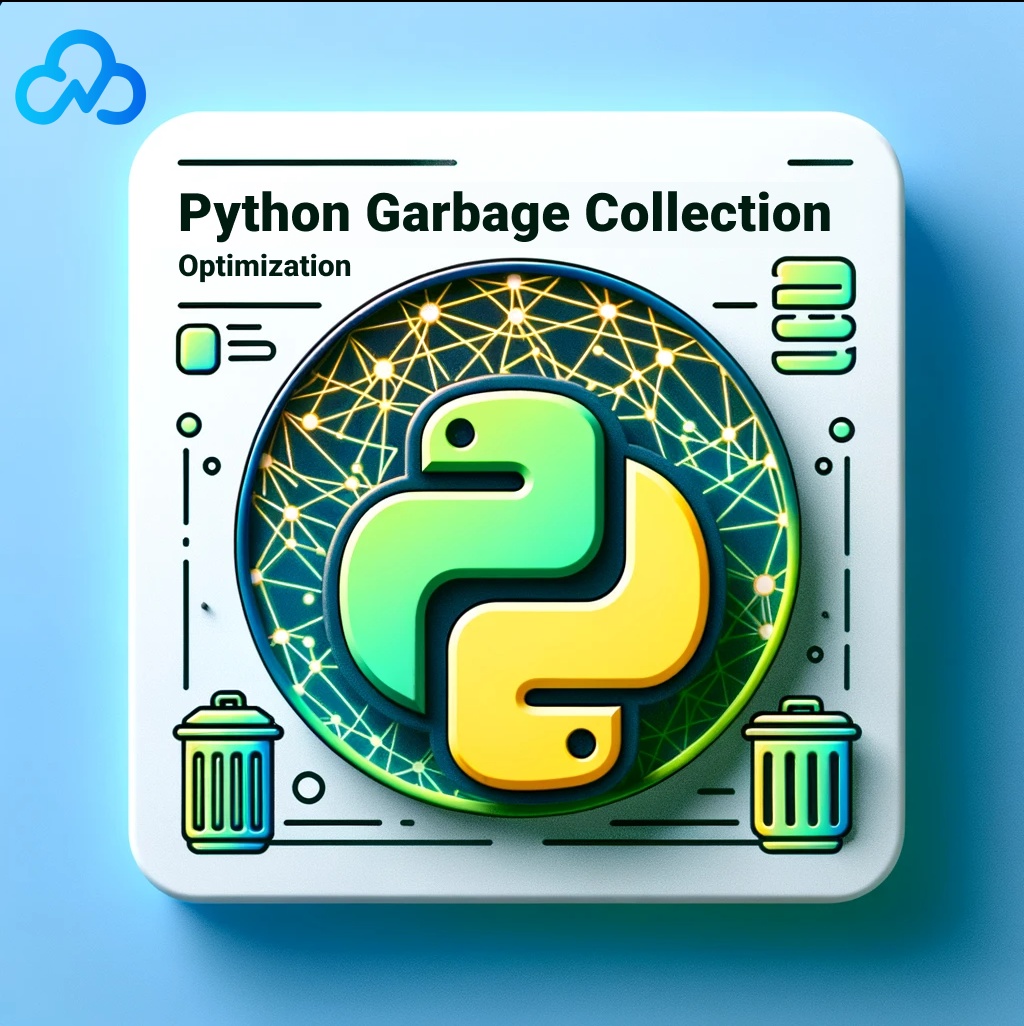In 2017, Instagram published an insightful blog post detailing a significant performance optimization achieved by altering Python’s garbage collection mechanism. This counterintuitive strategy not only enhanced performance but also led to considerable cost savings. The intricacy of this optimization, especially given the scale at which Instagram operates, presents a unique case study in system-level programming and efficiency.
The Scale of Impact
Instagram's decision to adjust Python's garbage collection yielded a 10% increase in efficiency. Although 10% might appear modest, at Instagram's massive scale, this translates into a significant reduction in resource usage and infrastructure costs. For example, a 10% saving in a fleet of thousands of servers equates to the equivalent of hundreds of servers in cost and resource allocation.
The Role of Python Garbage Collection
Basic Principles
Python's garbage collection is an automated process of reclaiming memory by identifying and disposing of unused data. This process is crucial in managing memory, especially in large-scale applications, to avoid memory leaks and optimize resource utilization.
Instagram's Python Environment
Instagram runs its web services using Django, a popular high-level Python web framework. Given Python's inherent single-threaded nature, Instagram employs a multiprocess model, wherein a master process forks several worker processes. This model is essential for fully utilizing the capabilities of multi-core processors in their servers.
Optimization Journey
Instagram's team embarked on a complex journey of analyzing and optimizing memory usage.
Observations and Initial Hypothesis
The team observed a substantial drop in shared memory between the master and worker processes after forking. They hypothesized that Python's garbage collection might be contributing to inefficient memory usage.
Methodical Experimentation
Using tools like `uwsgi` for process management and `perf` for Linux performance analysis, they systematically collected data on memory patterns, page faults, and process behavior.
Challenges with Disabling Garbage Collection
Initial attempts to disable garbage collection using `gc.disable()` led to unexpected deployment issues and performance irregularities, prompting a deeper investigation into Python’s internals.
Delving into CPython
Investigations into CPython's source code revealed insights into the garbage collection process. The team discovered that the `gc.collect()` method, invoked during interpreter shutdown, was a significant factor in the memory inefficiency.
The Eureka Moment: A Minimalistic Solution
The solution was ingeniously simple: setting the garbage collection threshold to zero and using an `atexit` hook to bypass Python's cleanup process upon interpreter shutdown. This two-line change drastically improved memory usage and system efficiency.
Key Insights and Implications
1. Data-Driven Approach: Instagram’s approach underscores the importance of backing hypotheses with solid data and real-world testing, a crucial aspect in system optimization.
2. System-Level Interactions: The case study exemplifies how programming decisions can deeply impact system-level operations, particularly in the realm of memory management.
3. Impact at Scale: This optimization demonstrates how even seemingly small improvements can have substantial effects when applied to large-scale systems.
4. Community Contribution: Instagram's methodology highlights the benefits of leveraging open-source tools and community expertise in tackling complex engineering challenges.
Instagram’s exploration into Python garbage collection serves as a prime example of innovative problem-solving in software engineering. By challenging conventional practices and diving deep into system behaviors, Instagram achieved significant performance gains, showcasing that impactful solutions often lie in rethinking and reshaping existing paradigms. This case study stands as a testament to the power of critical analysis, technical acumen, and the transformative impact of optimizations in large-scale digital environments.
For any software consultant , application development solutions visit our websites.


No comments yet